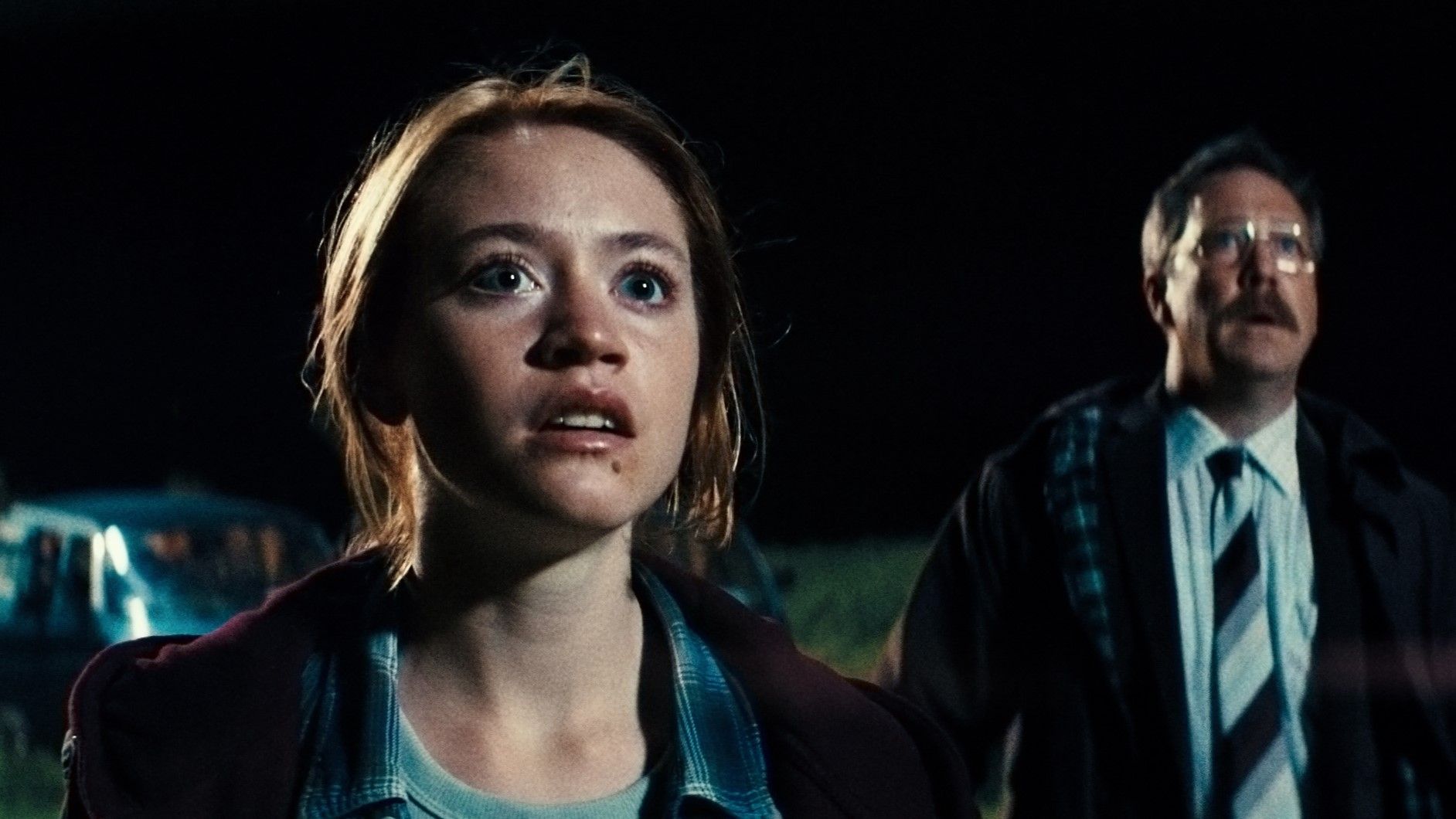The emergence of artificial intelligence is set to significantly transform the field of media localization, especially in the area of dubbing for movies and television. For many years, the task of converting and re-recording dialogues for international audiences has been a time-consuming and costly effort, relying on a network of human translators, voice artists, and sound engineers. AI technologies now offer the prospect of a new model, where the constraints of time, expense, and accessibility are considerably minimized. This change could make content distribution more accessible, enabling creators of all sizes to reach audiences globally, but it also raises complex questions about artistic integrity, job opportunities, and the essence of human expression.
The core of this technological revolution lies in advanced machine learning algorithms. AI systems can now perform a multi-step process that once required a team of specialists. First, they can transcribe the original audio with a high degree of accuracy. This transcription is then translated into a target language, often with an emphasis on contextual and cultural nuances that traditional machine translation has long struggled with. Finally, the most impressive leap comes in the form of voice synthesis and cloning. These systems can analyze the original actor’s voice, capturing its unique pitch, timbre, and even emotional inflections, and then generate a new voice track in the translated language that mimics the original performance.
This automation brings a host of compelling advantages to the industry. The most immediate and significant benefit is the reduction in both time and financial outlay. A process that could take weeks or even months to complete can now be done in a fraction of the time, allowing content to be released simultaneously across multiple markets. This speed is invaluable for streaming platforms and producers who operate on tight deadlines and need to capitalize on global momentum. Furthermore, by minimizing the need for extensive studio time and a large cast of voice talent, the cost of localization plummets, making it feasible for independent creators and smaller studios to enter international markets that were previously out of reach.
However, the path to a fully automated dubbing pipeline is not without its significant challenges and limitations. The most pressing concern revolves around quality and emotional depth. While AI can replicate the sound of a voice, it often struggles to capture the subtle, human-specific elements of a performance. The timing of a breath, the unscripted pause, or the unique vocal fry that conveys a particular emotion—these are the nuances that human actors bring to a role and that AI, despite its advancements, still finds difficult to emulate convincingly. This can lead to a dubbed performance that feels flat or robotic, potentially alienating viewers who value an authentic and emotionally resonant experience.
Another significant challenge is the matter of lip-syncing. Although AI has progressed in matching sound with the lip movements of actors on screen, achieving flawless alignment continues to be a complicated task. Languages differ in their sentence structures and lengths, and a direct translation might not match the lip movements in the original footage. Even though AI can tweak and adjust the audio somewhat, there might still be a slight mismatch that audiences can notice, reducing the engaging experience of the movie or series. This implies a “human in the loop” is necessary to review and enhance these features, indicating that fully automated solutions may not be feasible for top-tier productions.
The moral consequences of this innovation are significant. The advent of AI dubbing and voice replication presents a clear risk to the professions of voice actors, a talented group that has been crucial to the localization business for many years. Their work involves more than just articulating translated scripts; they excel at delivering performances, understanding characters, and expressing emotions. The idea of their voices being digitized, reproduced, and indefinitely utilized without their agreement or adequate remuneration has raised alarm and stirred a movement for enhanced union safeguards. This discussion is now a practical concern impacting employment discussions within the entertainment sector.
Apart from job loss, there are worries in the realms of culture and the arts. Language serves as a vessel for cultural identity, and excellent dubbing transcends mere literal translation. It entails modifying expressions, humor, and cultural nuances to ensure they connect with a local audience. This sensitive process of localization demands profound knowledge of human culture and society, which AI, despite its data processing capabilities, does not possess. Relying entirely on automation threatens to standardize content, depriving it of the cultural uniqueness that enriches and diversifies global cinema. The “simple” AI solution might result in sacrificing the essence of a creative masterpiece.
The future of media localization is likely to be a hybrid one, where AI and human expertise work in tandem. AI will handle the bulk of the repetitive and technical tasks, such as initial translation and basic voice generation, while human professionals will focus on the more creative and nuanced aspects of the process. This collaborative model would see translators become “multimedia specialists” who not only refine the script but also direct the AI’s performance, ensuring the final product retains its emotional authenticity and cultural relevance. This approach would protect human jobs by re-defining them, allowing professionals to use AI as a tool to enhance their craft rather than as a replacement for it.
In this rapidly changing environment, the responsibilities of content creators and studios will adapt accordingly. They must decide carefully when to employ fully automated technologies and when to opt for a hybrid model or entirely human-driven methods. For less critical content such as corporate training videos or social media snippets, the efficiency and cost savings of AI will be a clear choice. Nevertheless, for significant feature films or high-quality television series, the emotional richness and creativity offered by human voice actors will probably continue to be an indispensable element for engaging a selective audience.
While AI makes the mechanics of dubbing easier, it does not, and perhaps cannot, replicate the human element of performance. The true artistry of dubbing lies not in the words themselves, but in the voice that delivers them. It is the subtle inflection, the perfect timing, and the emotional connection that makes a dubbed film feel as powerful as the original. AI can provide a quick and inexpensive solution, but for audiences who crave authenticity and art, the human voice will always be irreplaceable. The debate is not about whether AI will make dubbing easy, but rather, at what cost that ease will come.







